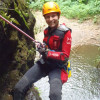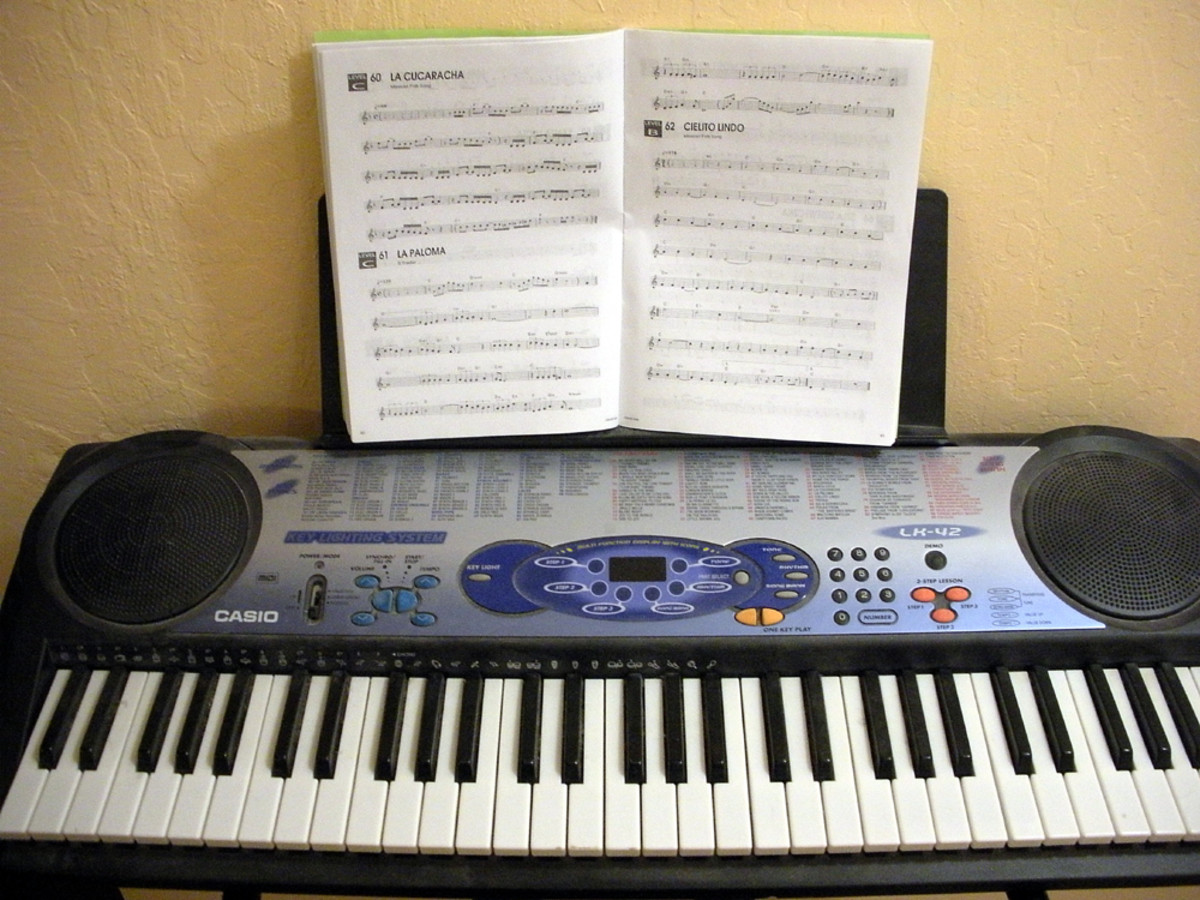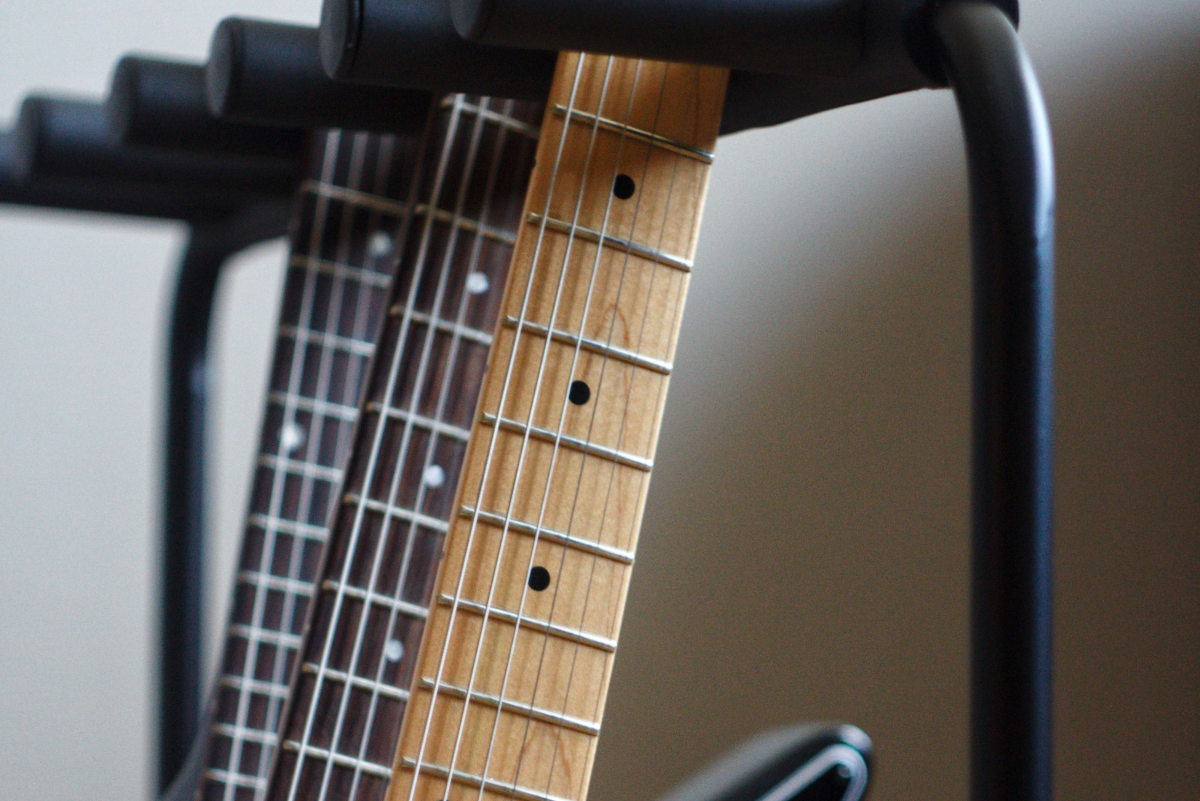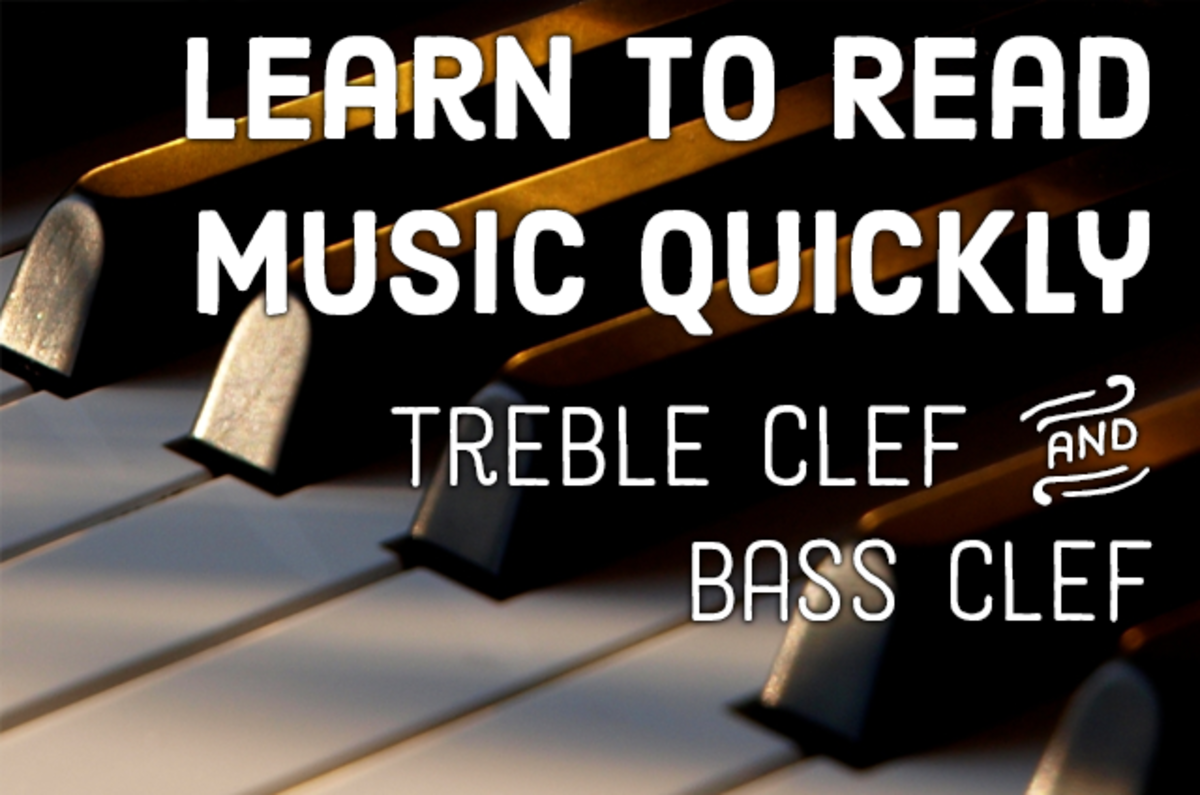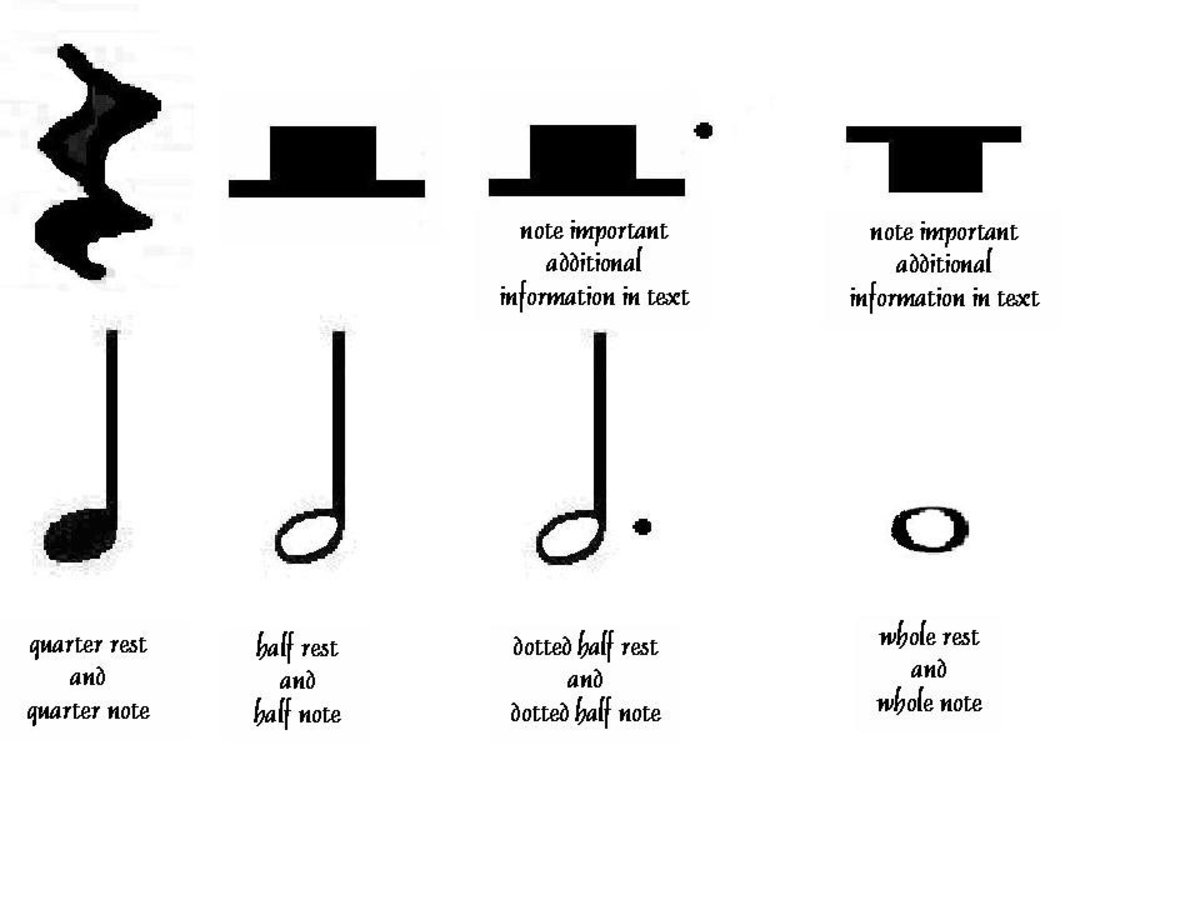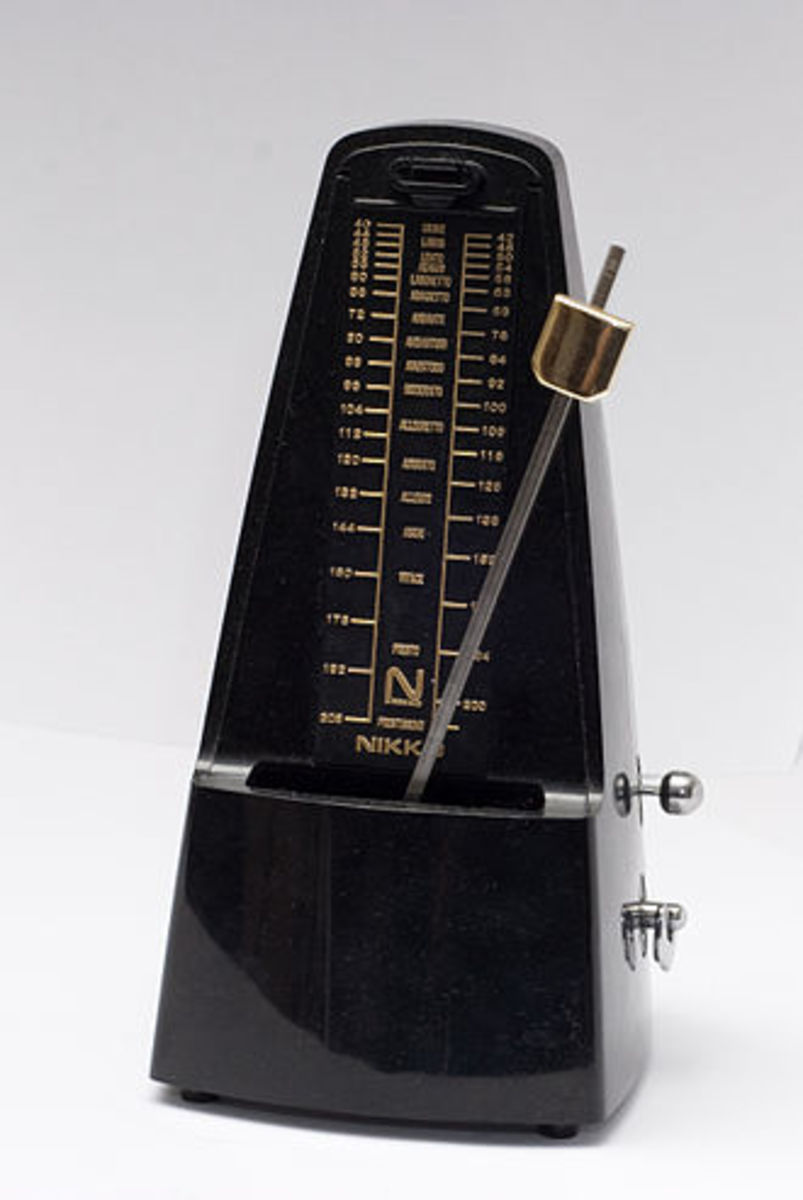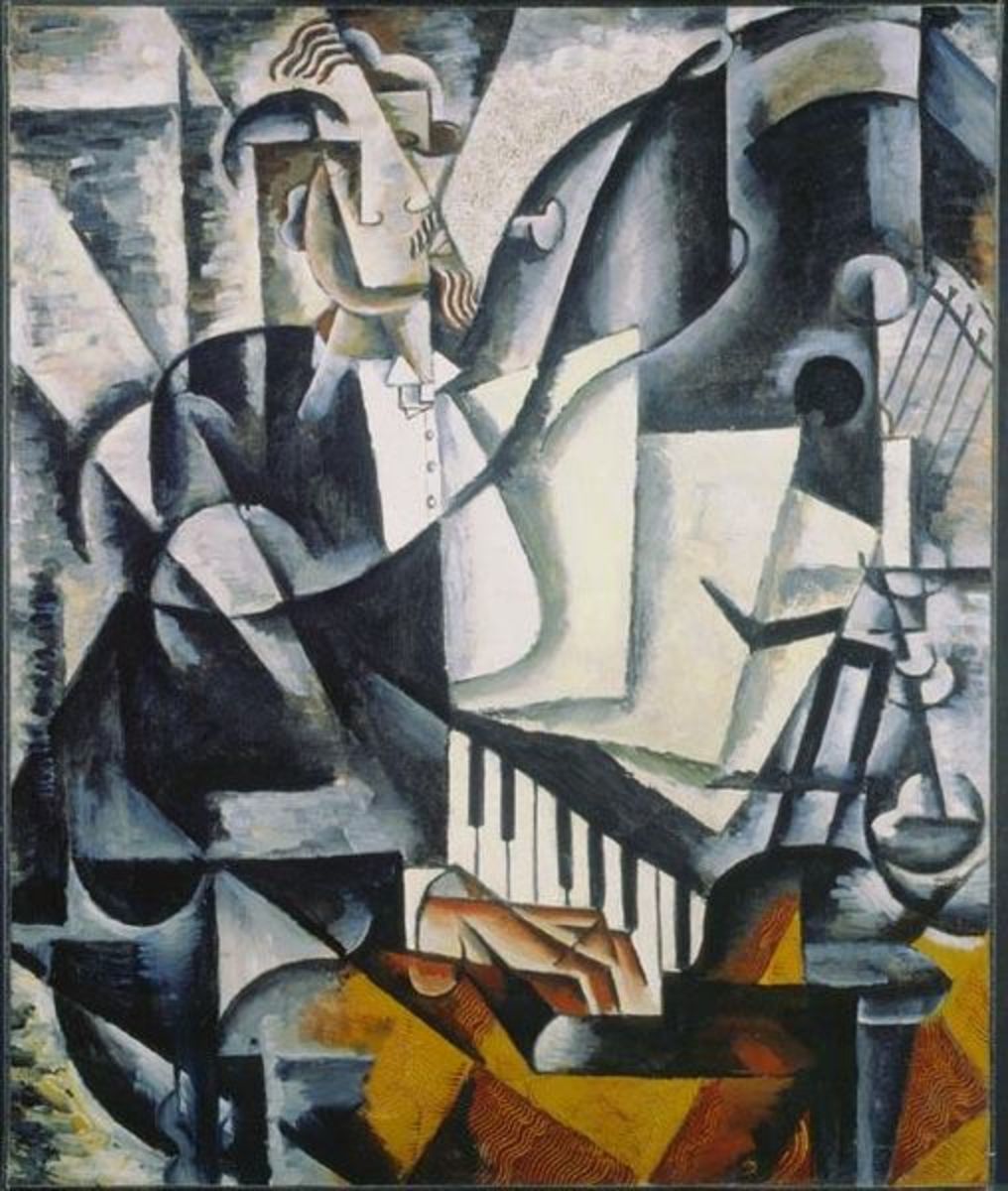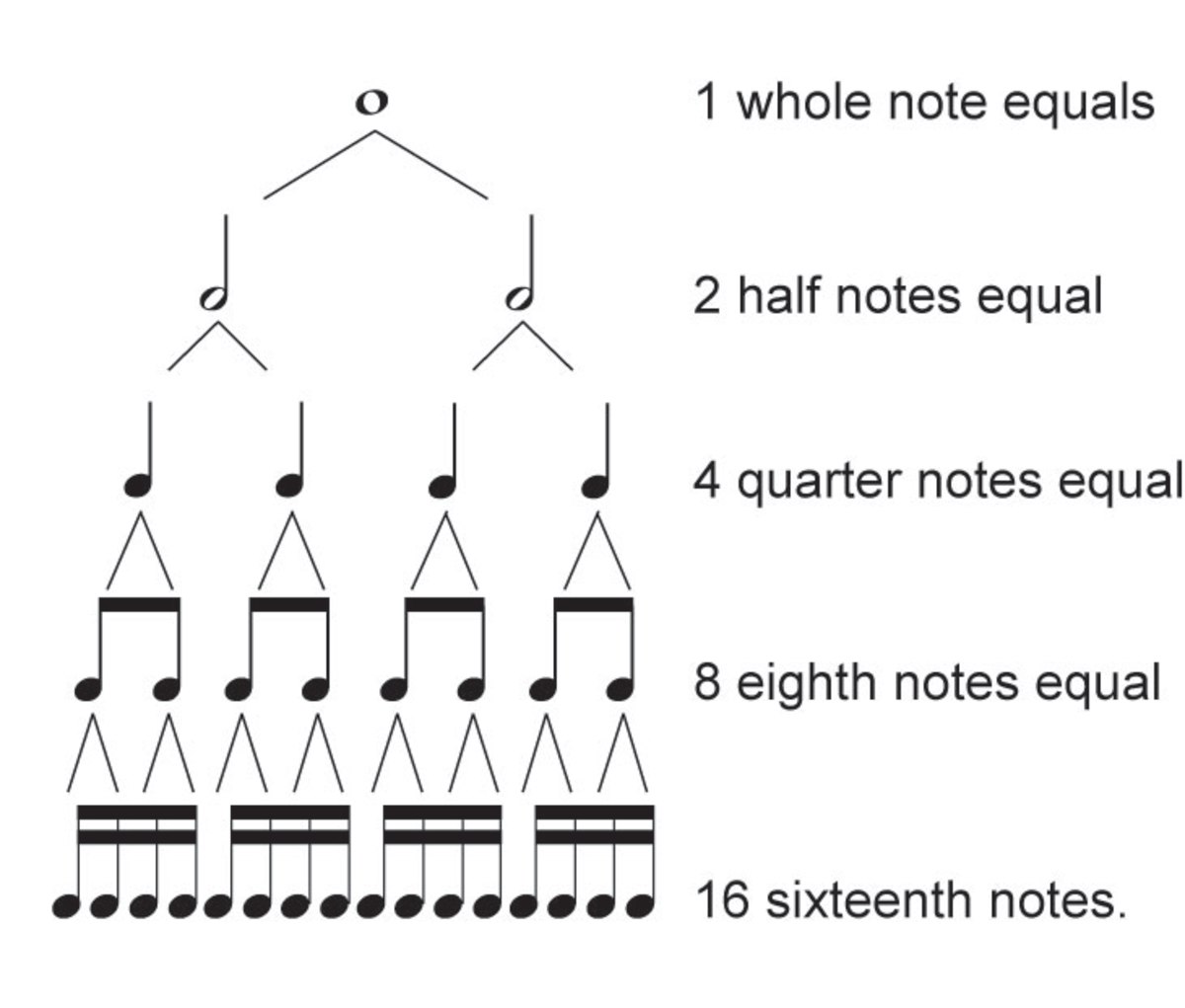Grand Staff and Note Placement in Music Theory
The Beautiful Language of Music...
To me the theory of music has always been an interesting subject, and as with most things that you study it gets better the deeper you delve.
Like indulging in literary works from Homer or poetry from Poe, the art of music theory helps us to reach into the past long before music was so easily recorded. Being able to read those notes that let us glimpse a small piece of history is a magical thing, and I very much enjoy it’s portrayal of human thought and emotion in an era long since gone.
In this article and more to follow I will be going through the fundamentals of music theory, hoping to help you begin your journey with the best possible foundation. With that said, we shall begin...
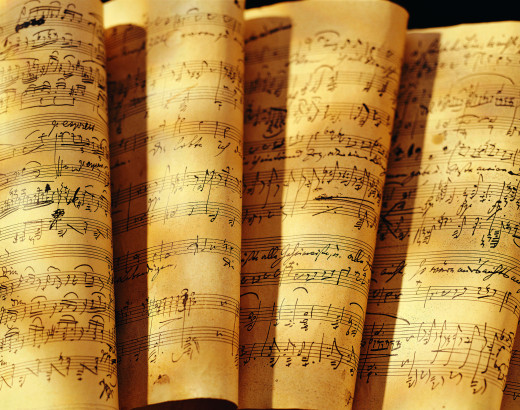
The Grand Staff
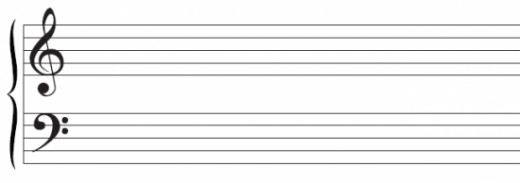
This is, for me, the image that springs to mind when thinking of a piece of written music. You will see variations of the above depending on the instrument the piece is written for, but most commonly it will be as the above.
Below I will introduce you to both the Treble and Bass Clef, also looking at how we place the notes upon the staff.
The note names used within music follow the alphabet from A to G before returning to A:
F, G, A, B, C, D, E, F, G, A, B
The Staff
The staff, or stave as it is sometimes known, consists of five lines with four spaces between:

The Treble Clef
As a general rule the treble clef is used when writing pieces for instruments with a high pitch, like the flute, violin or trumpet and can be seen at the beginning of the staff.
The symbol for the treble clef is:

When placing the notes on the staff using the treble clef we usually begin at Middle C as we have done below, following through the alphabet until we get to the C above:

As you can see, Middle C is floating below the staff.
The small line through the note is called a Ledger Line. These are used when we are writing music which falls below or rises above the original staff.
Example sound of the above written music - Octave from C to C
So, it may be easy to remember where Middle C is placed, but how will we remember the notes above without having to go through the alphabet each time?
Well, the treble clef is also known as the G Clef. This is because the line that cuts through the curl at the bottom of the clef is where the G note is situated:
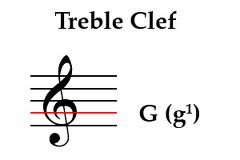
We can also help ourselves by splitting the staff into spaces and lines, remembering these little tips:
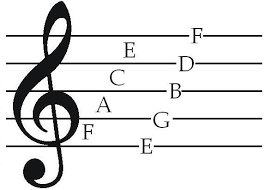
As you can see above, the Space Notes already spell FACE, so that one was easy.
My trick for the Line Notes is as follows:
Every Good Boy Deserves Fudge
But if these don’t work for you there are many other little tricks around!
The Bass Clef
As a general rule the bass clef is used when writing pieces for instruments with a low pitch, like the bassoon, trombone or double bass and as with the treble is also found at the beginning of the staff.
The symbol for the bass clef is:

When placing the notes on the staff using the bass clef, in this particular example we will begin on the lowest line with G and follow through the alphabet until we reach the A:

Example sound for the written music above
Also known as the F Clef, the F line runs straight through the centre of the two dots as shown below:
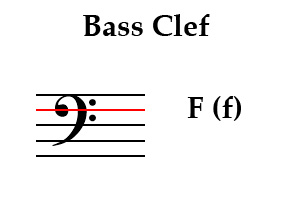
Now, I never really had a little rhyme or saying for the bass clef, so here’s one I found for you:

Notes on the Grand Staff
Now we have looked at note placement on the individual staffs we can look at how the two interact with each other.
Do you remember Middle C that sat on the ledger line? That is our connecting note from the bass clef to the treble:
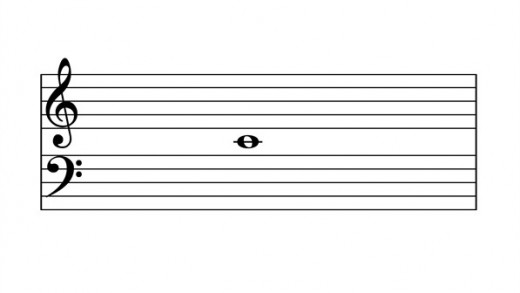
So when we write all the notes on the Grand Staff, in this particular example from B to D, including ledger lines it looks like this:

Ledger lines can extend further than in the above example, but for now I think we have plenty!
Whilst studying music theory I noticed another little trick which often helped me quickly find my way around the Grand Staff:
If you look at the F line in the bass clef and compare it with the F line in the treble clef you will see that the F in the treble is a space and a line above the F in the bass. Once I had noticed this I applied it to all the notes on the Grand Staff and it helped me speed up when searching.
Success!
So there you go!
You can now successfully identify the treble clef, the bass clef and the Grand Staff as well as where to find each note spanning them.
In my next article we will go on to learn about different note lengths and rhythm, time signatures and rests.
Until next time, happy learning!

